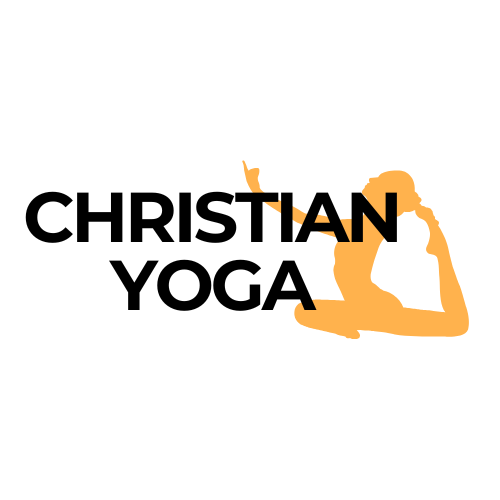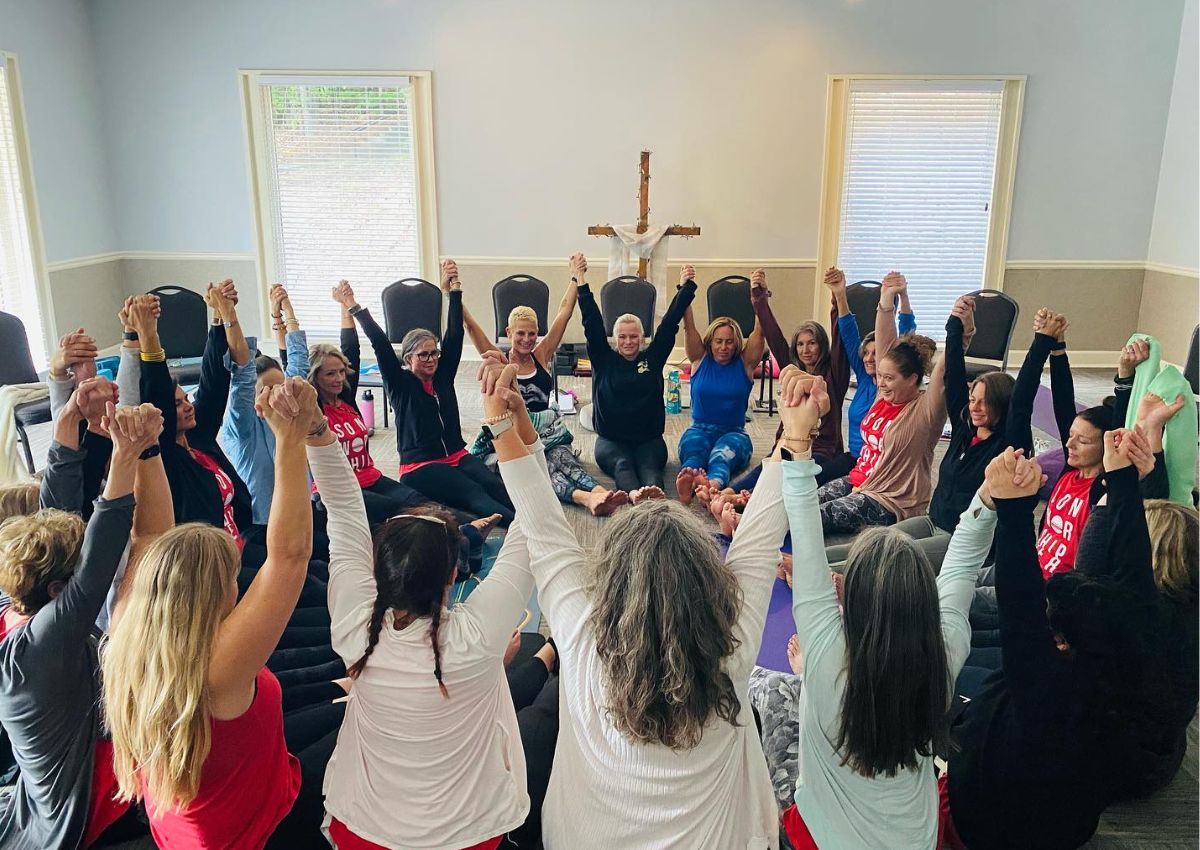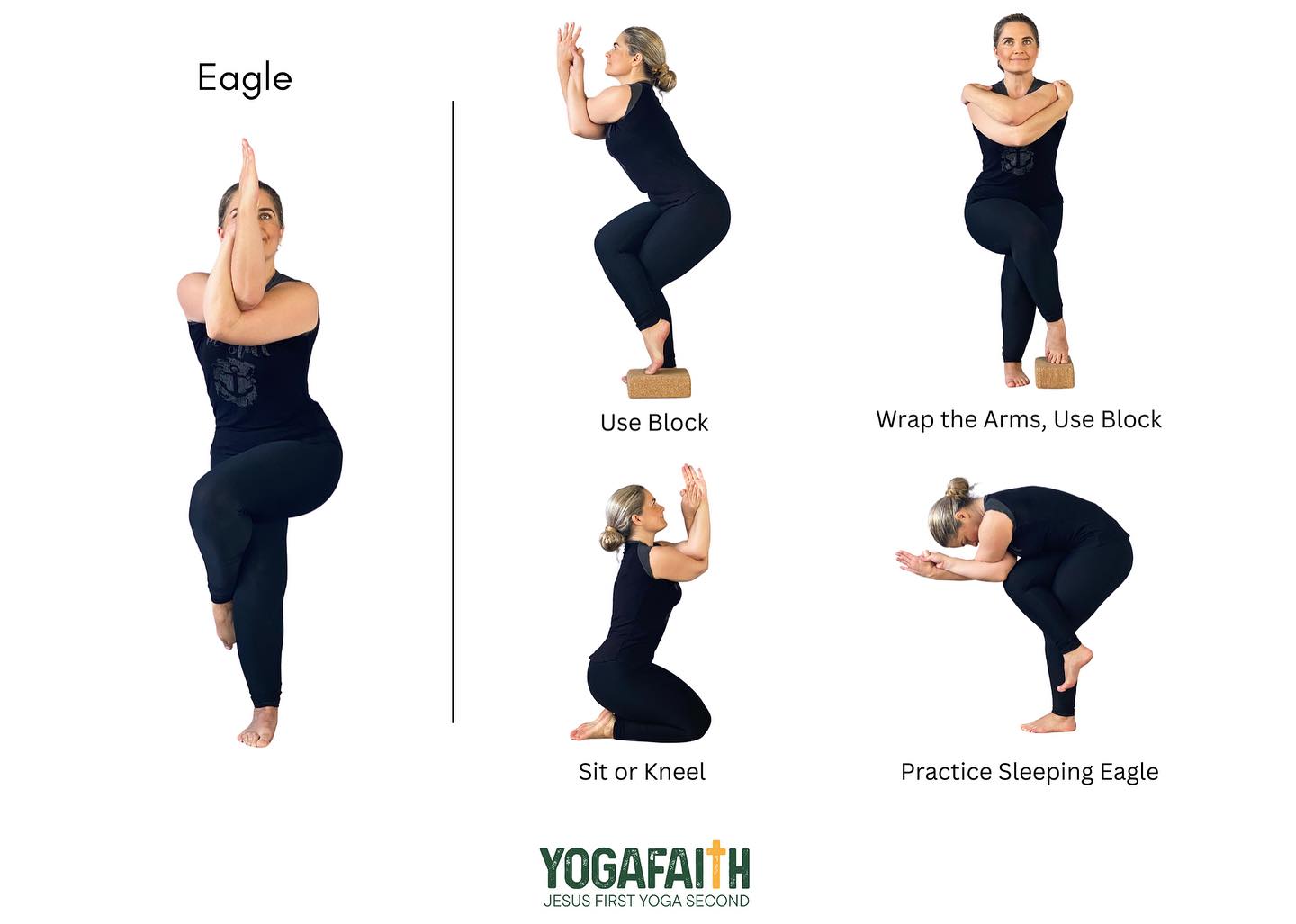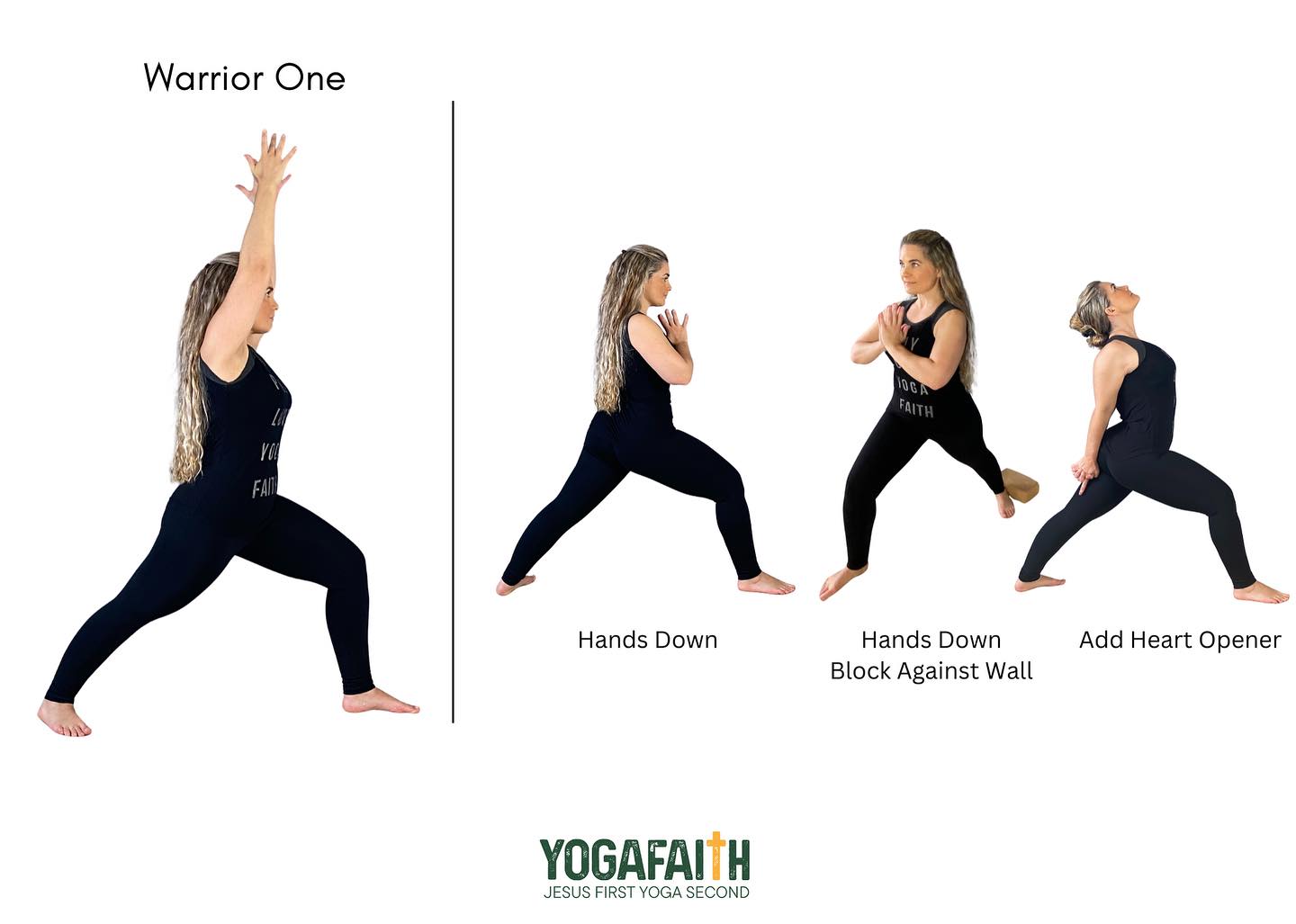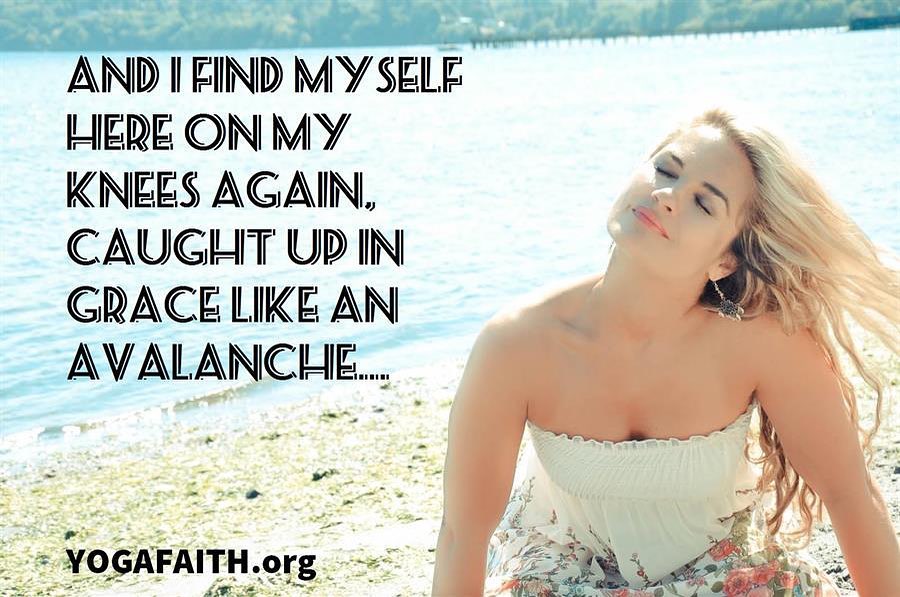Yoga has grown immensely popular worldwide, offering numerous physical and mental benefits. For those passionate about the practice, teaching yoga can be a fulfilling career. But what does it take to? This article explores the key steps and requirements for this rewarding journey. Understand the Basics of Certification To start your path, it’s essential to understand what certification entails. A certified yoga teacher has completed a recognized program that meets established standards, often set by organizations like the Yoga Alliance. Certification ensures you possess the skills to teach effectively and safely, which is crucial for students’ trust and well-being. Choose the Right Type of Yoga Yoga is diverse, with styles ranging from Hatha and Vinyasa to Ashtanga and Yin. Before pursuing certification, reflect on the type of yoga that resonates most with you. This decision shapes your teaching journey, as different styles require distinct approaches and techniques. Core Skills Every Teacher Needs Becoming a yoga teacher isn’t just about knowing the poses. It requires a combination of practical, interpersonal, and leadership skills. Effective Communication Teachers must convey instructions clearly and adapt their communication to suit different learning styles. This helps create a welcoming and inclusive environment. Adaptability Every student’s needs and abilities differ. A good teacher tailors classes to accommodate beginners and advanced practitioners alike. Empathy and Patience Understanding students’ challenges fosters trust and connection. Being patient helps build a supportive space where everyone feels encouraged to progress at their own pace. Strong Ethics Yoga is rooted in ethical principles such as respect, honesty, and compassion. Adhering to these values enhances your credibility as a teacher. Learn Anatomy and Physiology Understanding the human body is vital for effective teaching. Anatomy training covers muscles, joints, and bodily systems, helping you guide students safely. It also aids in creating modifications for diverse student needs, ensuring everyone benefits from your classes. Study Yoga Philosophy Yoga is more than physical poses; it’s a holistic practice rooted in ancient philosophy. During training, you’ll explore foundational texts like the Yoga Sutras and the Bhagavad Gita. These teachings deepen your connection to yoga and allow you to share its essence with your students. Practice Teaching Skills Teaching yoga requires more than knowing poses. Developing strong communication and leadership skills is essential for creating engaging, inclusive classes. Most programs include practice teaching sessions, where you receive feedback to refine your approach. Register with a Recognized Organization After completing your training, you can register with organizations such as the Yoga Alliance. This step isn’t mandatory but adds credibility to your profile. Registration shows you’ve met industry standards and enhances your professional opportunities. Develop a Personal Practice Becoming an effective teacher starts with being a dedicated student. Regular personal practice helps refine your skills, deepen your knowledge, and maintain your passion. It also inspires authenticity, as students connect better with teachers who embody yoga’s principles. Gain Practical Experience Once certified, gaining real-world experience is crucial. Start by teaching friends, family, or small community classes. Practical experience builds confidence, improves your skills, and strengthens your ability to handle diverse student groups. Build a Specialization Specializing can set you apart in the competitive yoga field. Options include prenatal yoga, yoga for seniors, or therapeutic yoga. Specialization allows you to cater to specific groups, enhancing your expertise and appeal as a teacher. Invest in Continuous Learning Yoga is a lifelong journey, and teaching requires ongoing growth. Advanced workshops, retreats, and additional certifications help you stay updated with evolving practices. Continuous learning ensures your teaching remains fresh and impactful. Embrace the Business Side While yoga is a spiritual practice, teaching often involves business aspects. Skills like marketing, branding, and scheduling are essential to build a successful career. Social media and community networking can help grow your reach and attract students. Stay Committed to Ethics Teaching yoga comes with responsibilities. Respecting students, maintaining professionalism, and adhering to ethical guidelines are key. Creating a safe and supportive environment fosters trust and helps your students thrive. The Impact of Certification on Your Career Earning your certification can open doors to diverse opportunities. Certified teachers are sought after in studios, wellness centers, and even corporate settings. Additionally, certification allows you to teach internationally, as many countries recognize standardized programs. This credential not only boosts your career prospects but also reinforces your confidence as a teacher, enabling you to create a positive impact on your students’ lives. Teaching Beyond the Mat Yoga teaching is not limited to physical instruction. It’s a chance to share holistic practices that promote mental clarity, emotional balance, and spiritual growth. As a certified yoga teacher, you become a guide for individuals seeking wellness, offering them tools to enhance their lives. Wrapping Up The journey to become a certified yoga teacher involves dedication, learning, and self-discovery. From selecting the right program to developing teaching skills, every step contributes to your growth. For those ready to embark on this transformative path, now is the time to explore opportunities, research programs, and take the first step toward certification. Teaching yoga is not just a career; it’s a chance to inspire and bring wellness to others.
What Is Required to Become a Certified Yoga Teacher?

